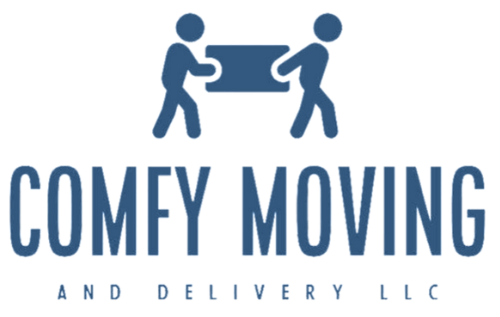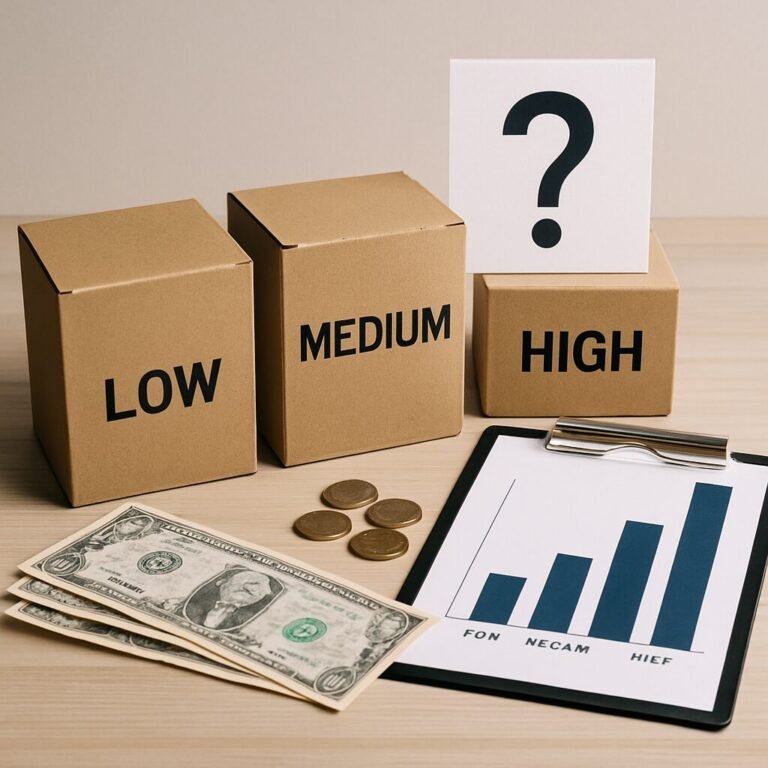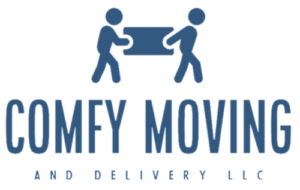How to Determine the Volume of Items for Moving and Prepare a Budget
When it comes to relocating one of the most difficult challenges is determining how much of your possessions and creating an exact budget. If you take your time planning correctly you can assure your move is smoother and more efficient moving experience. This is how you can do it.
Step 1: Create an Inventory List
It is the first thing to do taking an exhaustive list of everything you’re planning on moving. This list will offer additional you with the complete idea of what you’re dealing with. Be sure to classify the items alike to rooms (e.g. living room, kitchen, bedroom, etc.)) and by type (furniture and electronics, clothing, etc.). For oddly-shaped or large objects, record the dimensions. This will loated tea recipe in estimating the size.
Step 2: Measure and Estimate Volume
Once you have a complete inventory, you are able to calculate the amount of every item. Volume is usually determined in cubic inches (cu Ft). It is calculated by multiplying the width, height, and depth of each piece. For instance, if your couch is 7 feet long and 3 feet wide and 3 feet high the volume would be 7 3 x 7 equals 63 cubic inches.
A lot of moving companies have online volume calculators that loated tea recipe you estimate quickly the volume of your possessions. You can also consult with an competent moving company who will usually conduct a survey in person to evaluate the volume.
Step 3: Consider the Weight of Your Items
In addition to the volume weight also plays an important factor in determining the cost of moving. Heavy items, like appliances or furniture may necessitate special handling even equipment, that could boost the cost of moving. If you can, give away or sell items that you no longer require to lessen the weight and size of your moving.
Step 4: Budget for Moving Costs
After you’ve gained a thorough grasp of the quantity in your goods It’s time to create your budget. Take into consideration the following aspects:
- Costs for Moving Companies: Ask for estimates from several moving companies. Don’t not forget to ask about extra costs, such as packing services, long-distance costs or storage.
- Packaging Materials: Boxes, bubble wrap, tape and other materials are expensive Be certain to add these items into your budget.
- Insurance: Guard your possessions by purchasing insurance for your move. While most moving companies provide basic insurance, it may not be sufficient to cover the entire worth of your possessions which is why more insurance is something you should consider.
- Costs for transportation If you’re traveling far distances make sure you account for tolls, fuel, and possible accommodation costs in the event that your journey takes more than one day.
Step 5: Factor in Unexpected Expenses
Always include to have some room in the budget. Moving is often accompanied by unexpected expenses including the last minute packing materials or delays in transport. It’s recommended to reserve approximately 10 percent of your budget to cover these kinds of contingencies.
Step 6: Timing vs. Money
If you’re on a limited budget, think about doing a few tasks yourself, like moving furniture. Be aware that this will take more work and energy. The hiring of professionals may seem expensive, but they can help you save time and lessen anxiety, particularly in the case of difficult moves.
Conclusion
By taking the time to determine the size of your belongings and creating your budget, you’ll be able to make the process less stressful moving and assure an easier process. Plan ahead will not only help keep you organized, but also lets you control your finances efficaciously throughout this important life-changing occasion.









